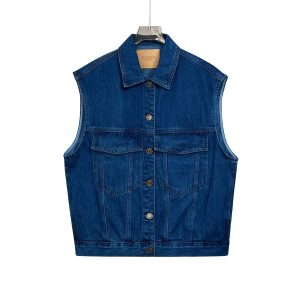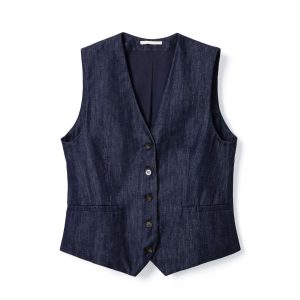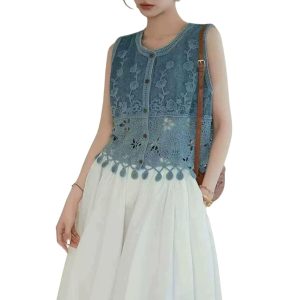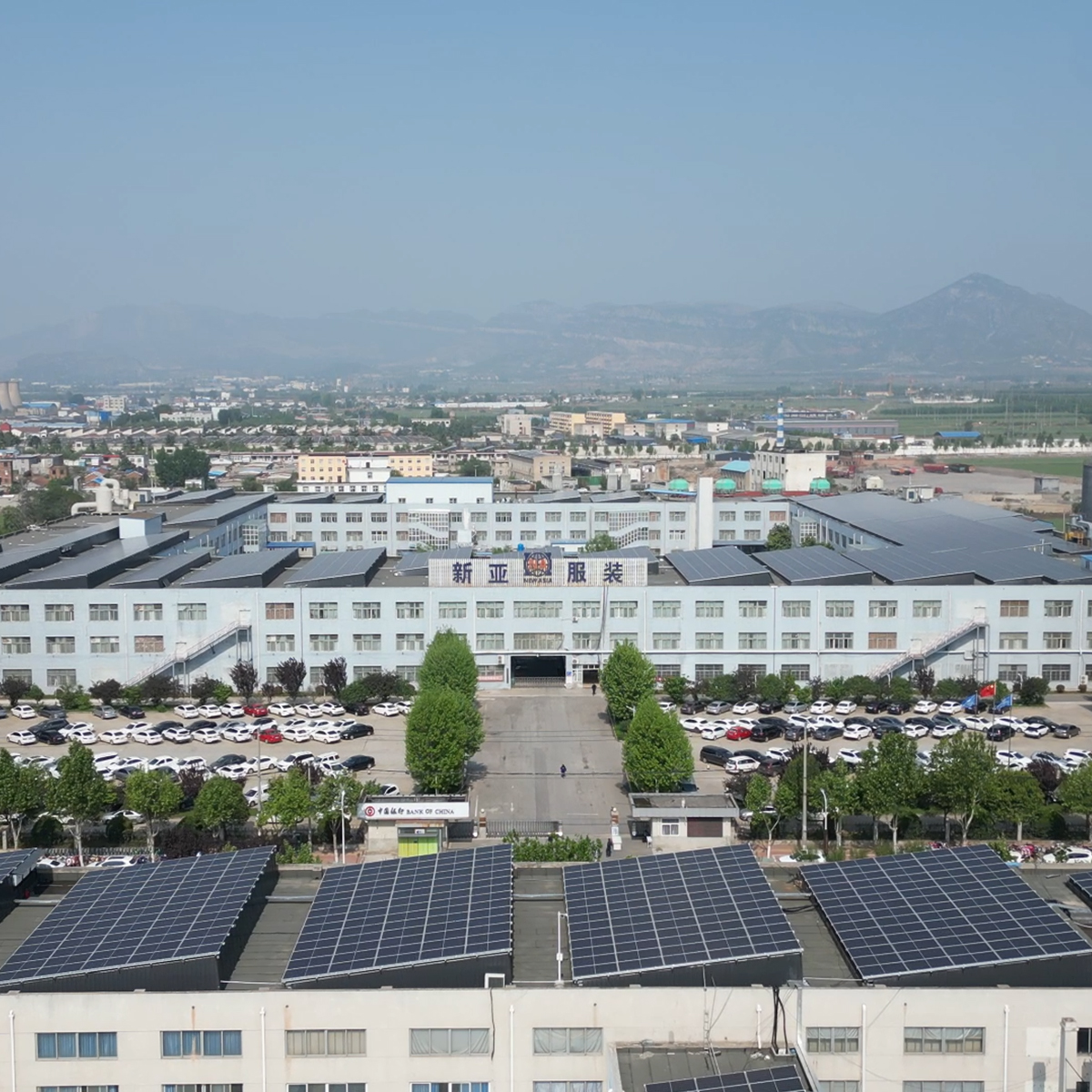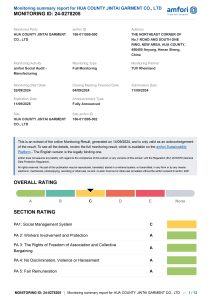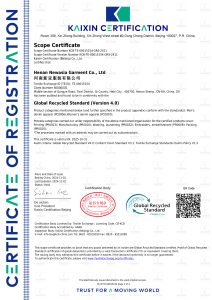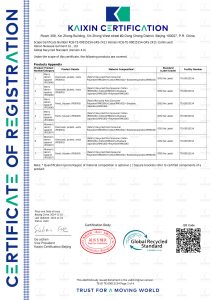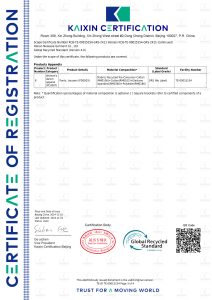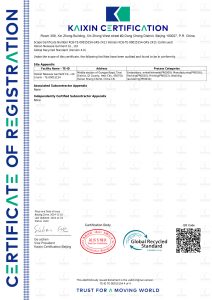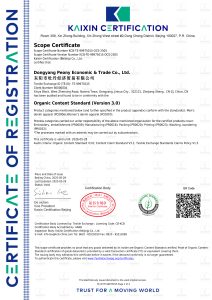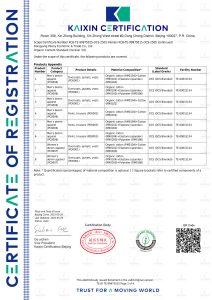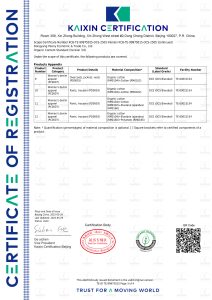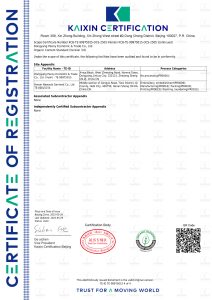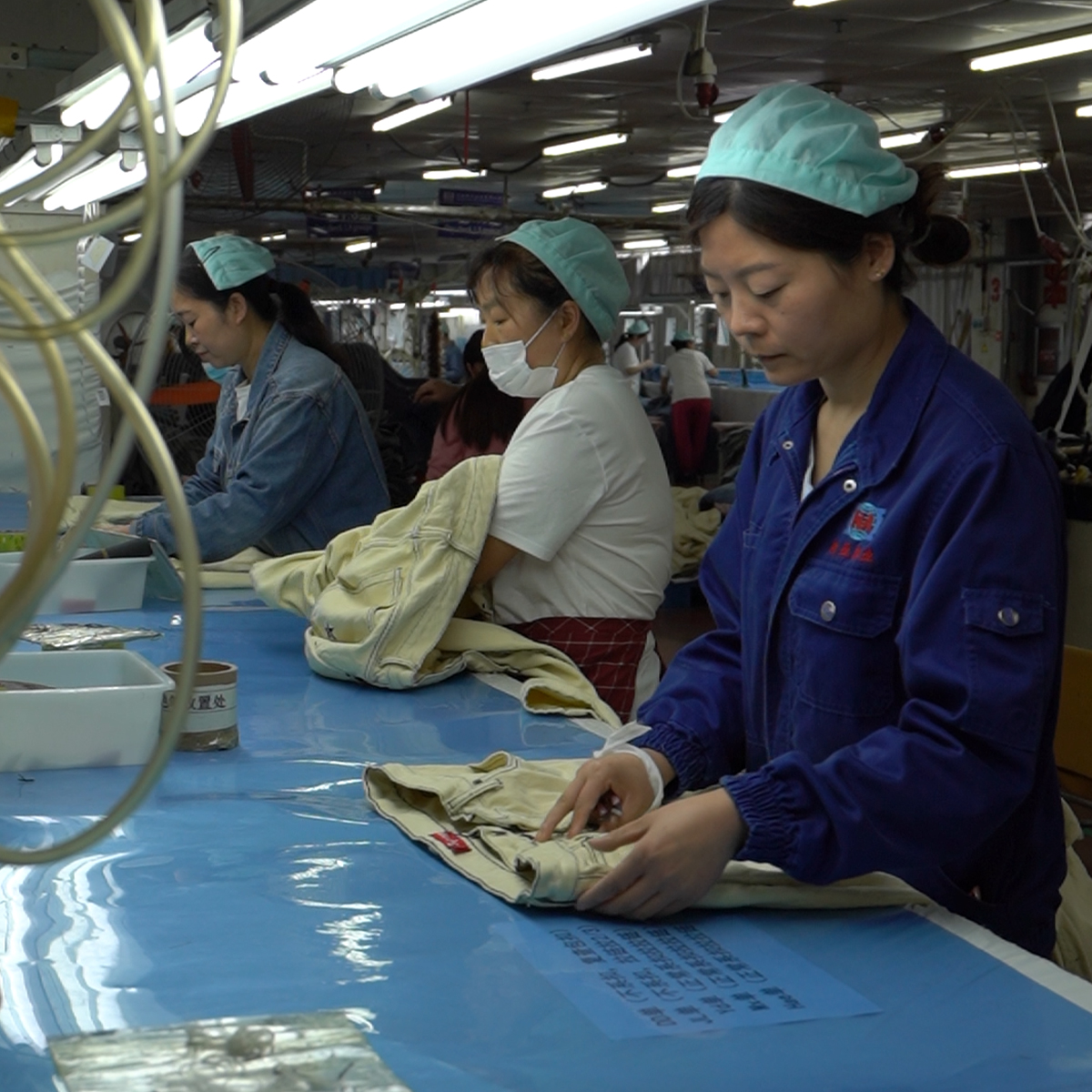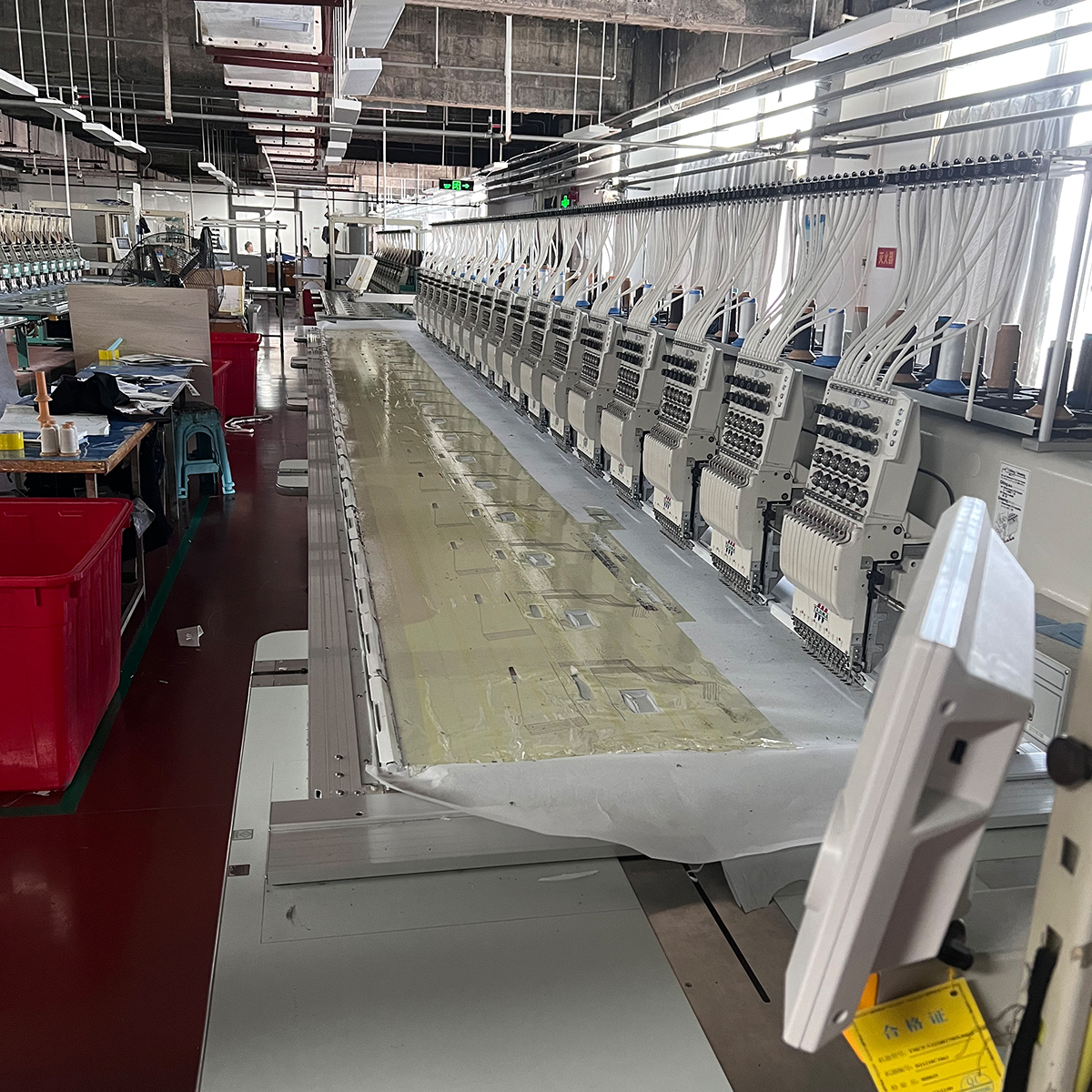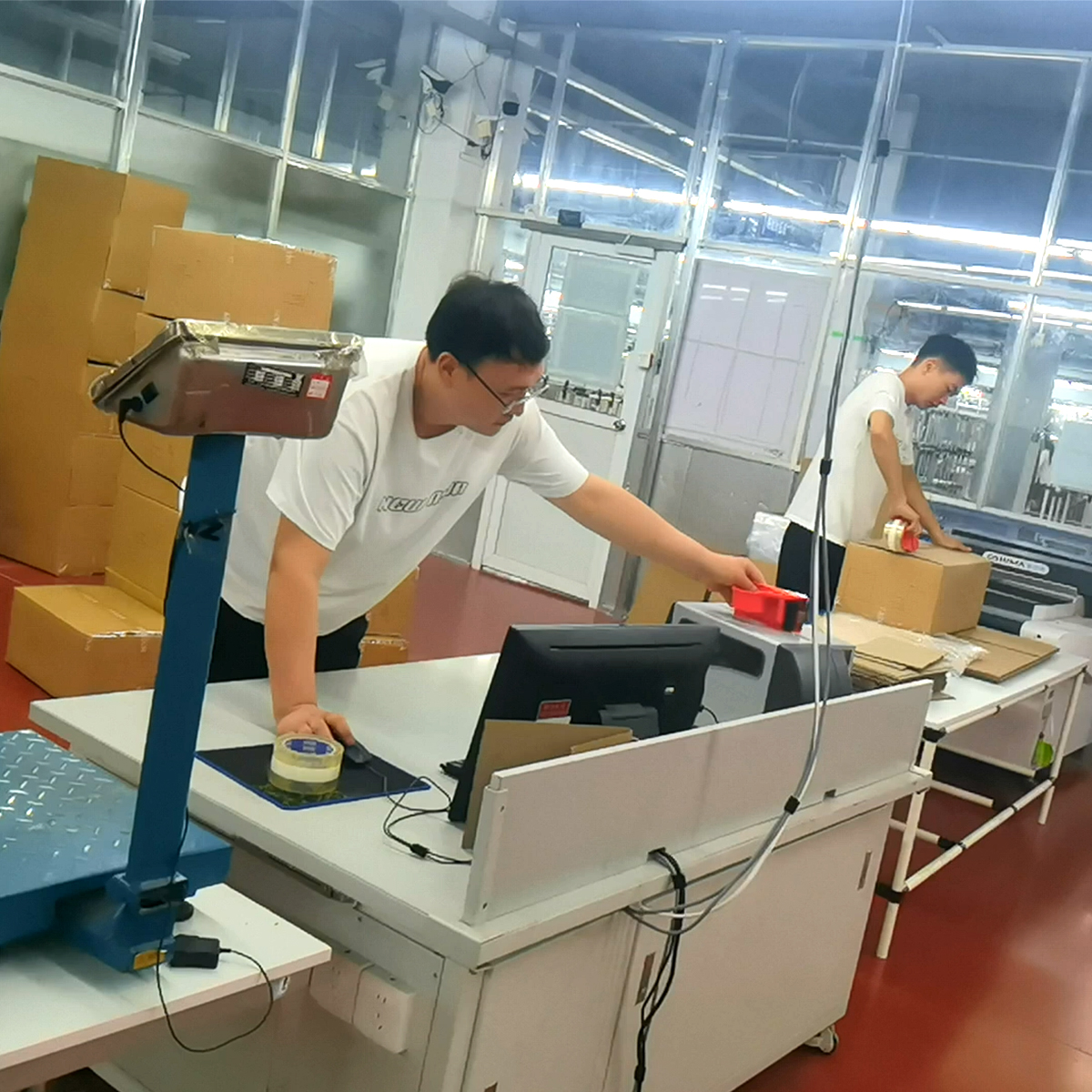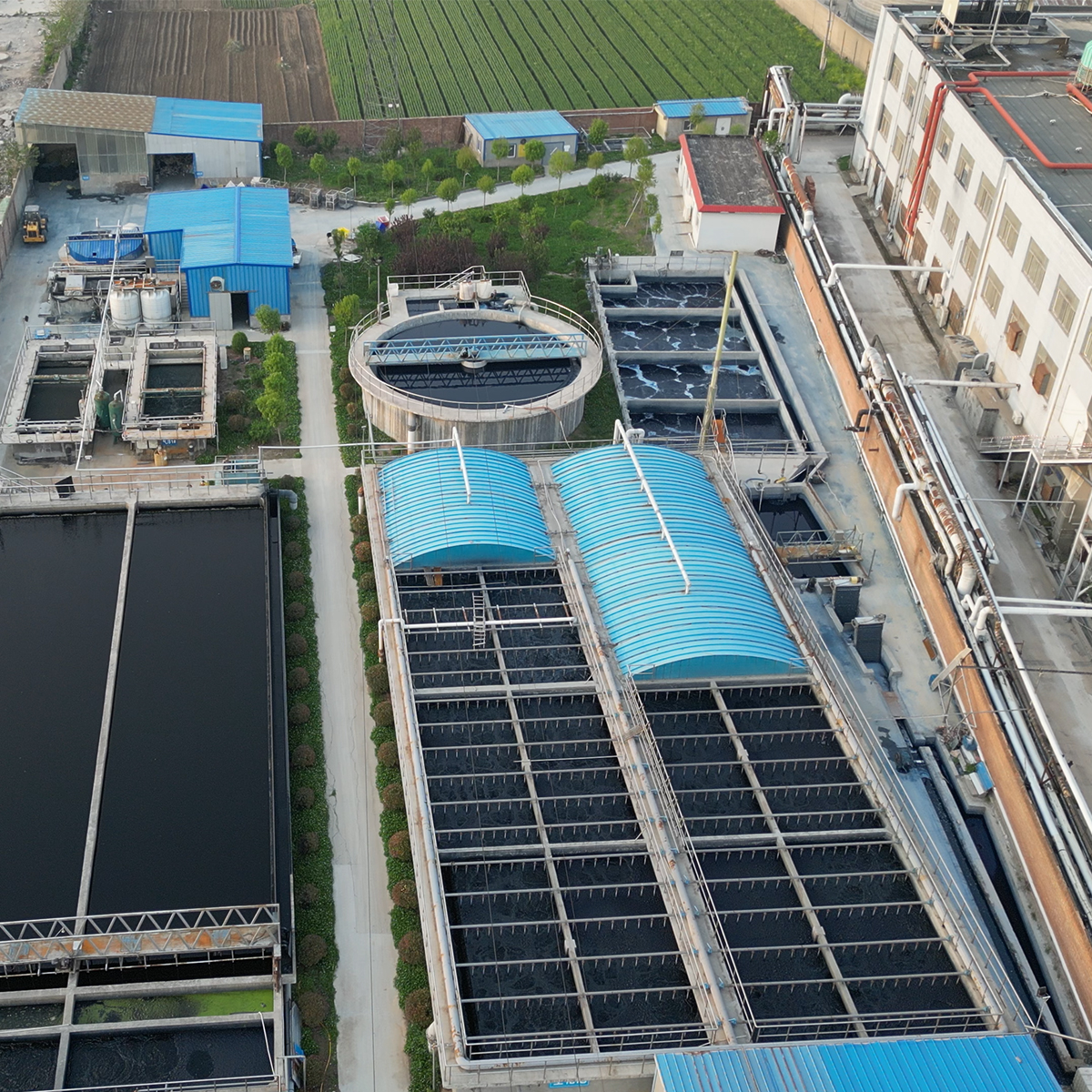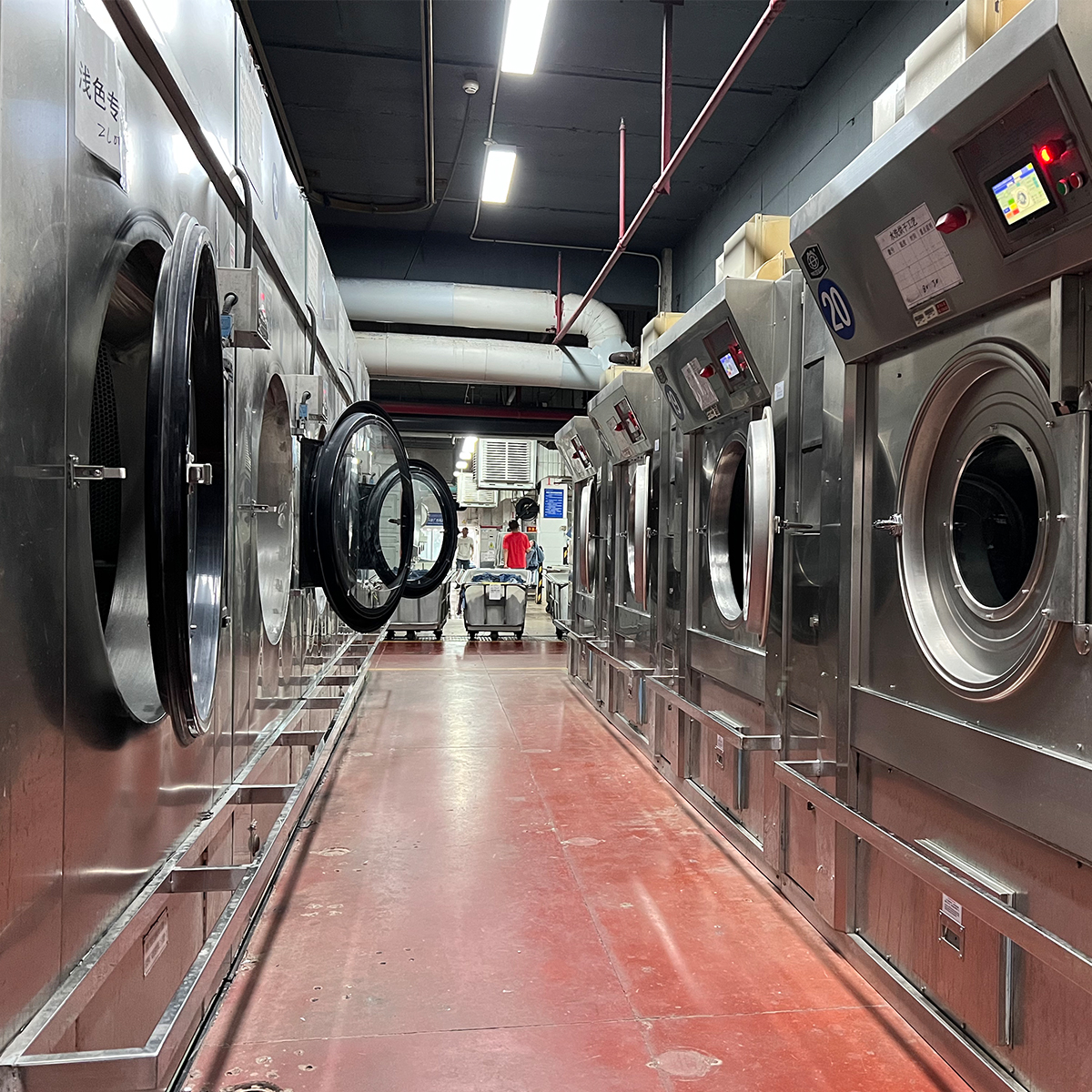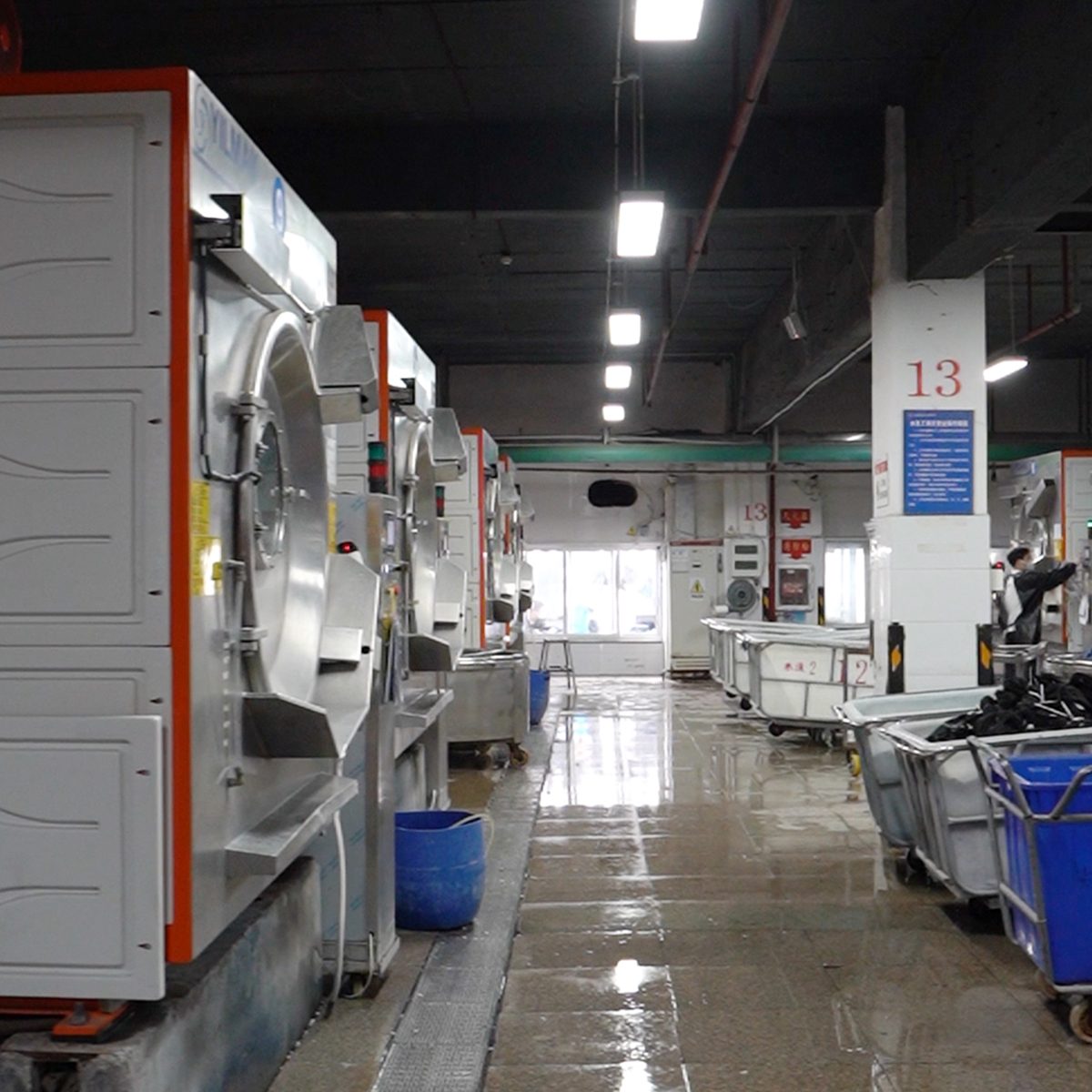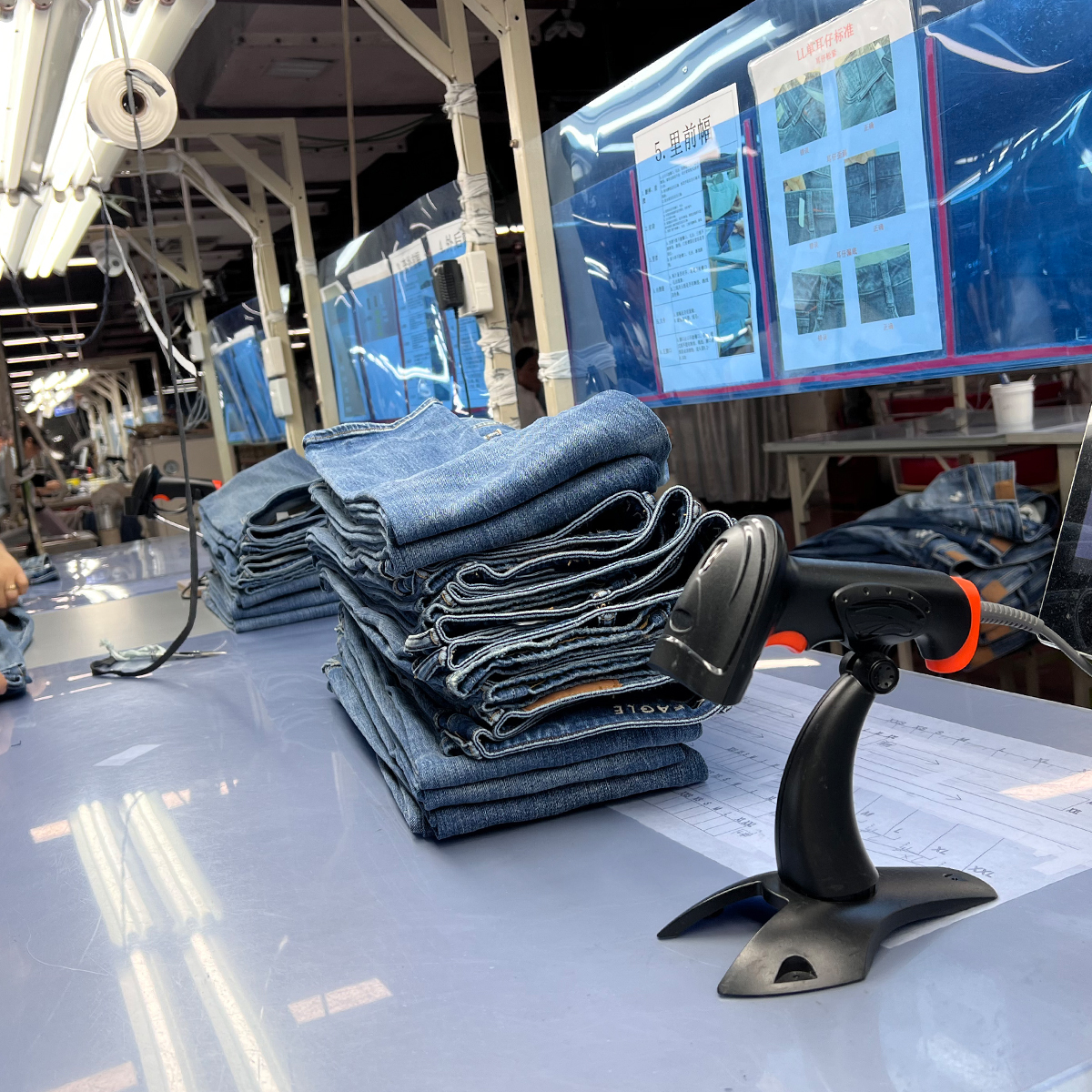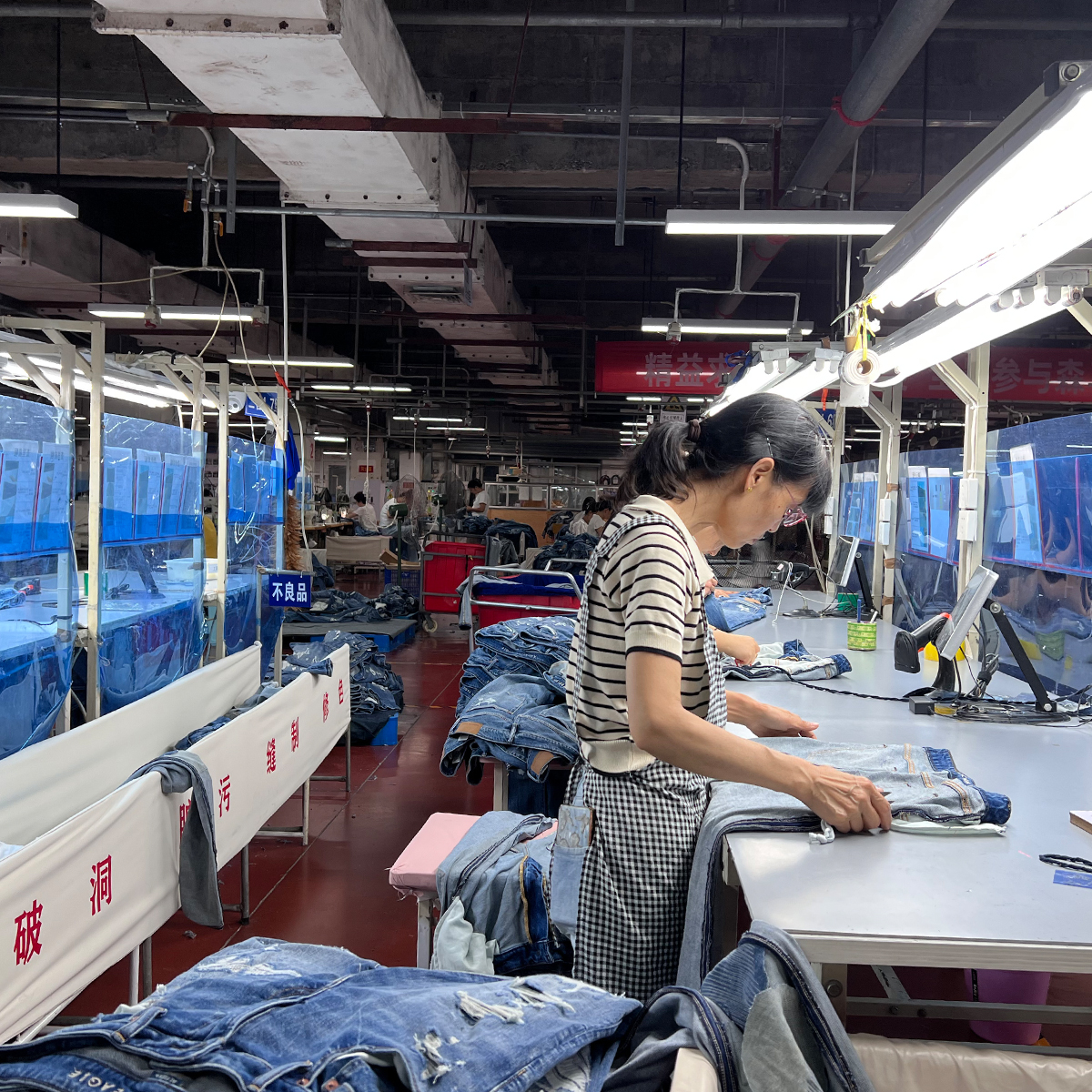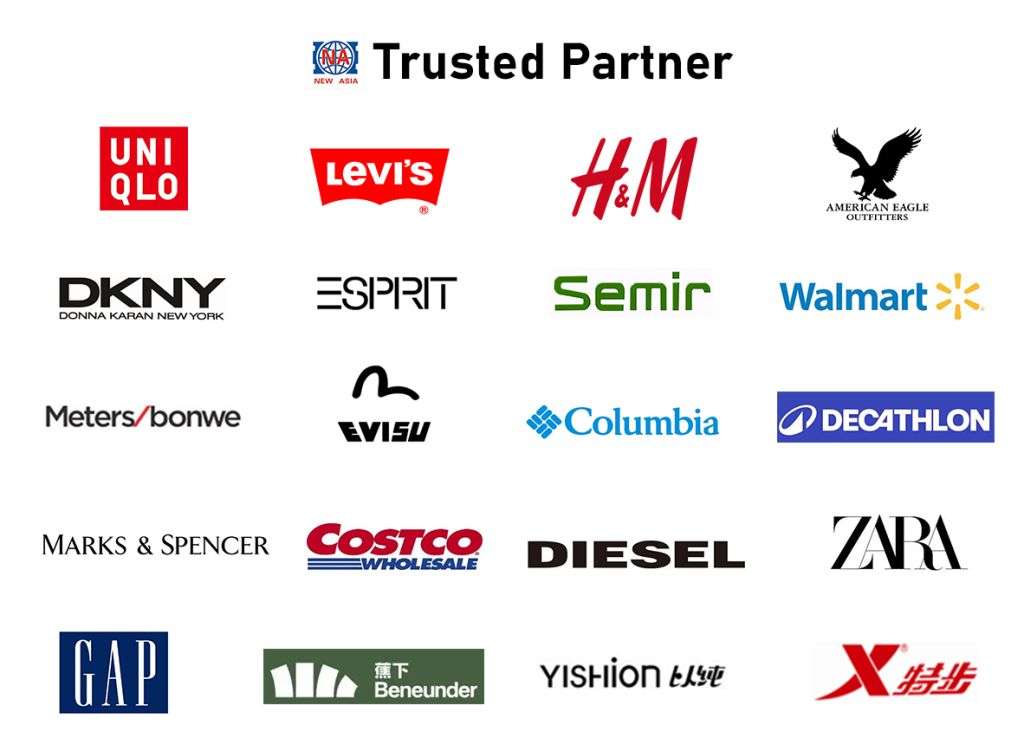When it comes to iconic denim, Levi’s stands at the forefront of the industry, symbolizing quality, durability, and timeless style. But have you ever wondered about the journey of every pair of Levi’s jeans from raw fabric to your wardrobe? Central to this journey are the manufacturers¡ªhidden artisans and massive factories¡ªwhose expertise brings Levi’s vision to life. In this article, we delve deep into the world of Levi’s manufacturers, exploring their origins, operations, and the craftsmanship that makes Levi’s jeans legendary.
The Origins of Levi’s Manufacturing Legacy
The story of Levi’s manufacturing roots back to the mid-19th century during the California Gold Rush era. Levi Strauss & Co., established in 1853, initially gained popularity by producing durable denim workwear for miners and laborers. As demand grew, the company expanded its manufacturing base, embracing innovative practices to meet the burgeoning market needs.
Initially, Levi¡¯s jeans were handcrafted by local tailors and small-scale workshops. However, as the brand and demand expanded, the need for large-scale manufacturing facilities became apparent. The early 20th century saw Levi’s investing in factory setups, primarily in the United States, to ensure uniform quality and meet the rising global demand.
The Global Spread of Levi’s Manufacturing Operations
Today, Levi’s jeans are not made in a single location but rather through a complex global network of manufacturing facilities. This widespread operation allows Levi’s to balance quality, cost-efficiency, and sustainability. Key manufacturing hubs are located in countries such as Bangladesh, China, Vietnam, India, and Mexico, among others.
Each of these locations hosts factories equipped with advanced machinery and staffed by skilled workers. Levi’s maintains strict quality control standards across all facilities, ensuring that every pair of jeans maintains the signature Levi’s durability and style.
The Manufacturing Process: From Fabric to Fashion Statement
1. Sourcing Raw Materials
The journey begins with sourcing high-quality raw materials. Levi’s predominantly uses premium cotton, with some varieties blended with elastane for stretchability. Often, Levi’s partners with sustainable cotton producers to promote eco-friendly practices.
2. Denim Production
The raw cotton is spun into yarn, which is subsequently woven into denim fabric. Levi’s collaborates with leading textile mills that specialize in durable denim, ensuring the fabric’s strength and character. Some mills also incorporate sustainable techniques like organic farming or water-saving dyeing.
3. Cutting and Stitching
The woven denim is then shipped to manufacturing plants where it is cut into various patterns based on the design. This stage involves precise cutting to optimize fabric usage. Skilled workers assemble the denim pieces with industrial sewing machines, stitching pockets, seams, and other components meticulously.
4. Washing and Finishing
Once assembled, jeans undergo finishing processes such as washing, distressing, and enzyme treatments to achieve the desired look and feel. Levi’s uses eco-conscious washing techniques to minimize water and chemical consumption.
5. Quality Control
Final inspection ensures each pair meets Levi’s high standards. Testers examine durability, stitching, colorfastness, and fit before approval.
Major Manufacturing Partners and Facilities
Levi’s has cultivated long-term relationships with numerous factories worldwide. Some of the prominent manufacturing partners include:
- PVH Corp. factories in Bangladesh: Known for their efficiency and adherence to safety standards.
- Yinfa Group in China: Specializes in denim weaving with innovative sustainable practices.
- TEX Styles Limited in India: Focuses on stretch denim manufacturing and eco-friendly dyeing processes.
- Maquila facilities in Mexico: Local manufacturing to serve North American markets with shorter lead times.
These partnerships are governed by strict vendor compliance standards, ensuring ethical labor practices, environmental sustainability, and product quality.
Innovations in Manufacturing: Sustainability and Technology
Modern Levi’s manufacturing facilities are leveraging cutting-edge technology to improve efficiency and reduce environmental impact. Techniques such as automated cutting, waterless washing, and chemical recycling are becoming common.
Sustainable manufacturing initiatives include:
- Water-saving dyeing technology reducing water consumption by up to 96%.
- Use of organic and recycled cotton to diminish environmental footprint.
- Factories powered by renewable energy sources, including solar and wind.
These innovations underscore Levi¡¯s commitment to responsible manufacturing without compromising on quality and style.
The Human Touch: Skilled Craftsmen Behind Levi’s Jeans
While automation plays a vital role, much of Levi’s manufacturing process still relies on skilled workers who bring craftsmanship and attention to detail. From pattern cutters to sewing machine operators and finishing specialists, the human element ensures each pair of jeans adheres to the brand¡¯s high standards.
Training programs and fair labor practices are integral to Levi’s supplier policies, supporting workers¡¯ welfare and skill development. This dedication to ethical manufacturing validates Levi’s reputation as a responsible global brand.
Supply Chain Considerations
The manufacturing of Levi¡¯s jeans involves complex logistics and supply chain coordination. Managing multiple factories across different countries requires meticulous planning and real-time communication to ensure timely delivery of products to markets worldwide.
Levi’s invests in advanced supply chain management systems that track inventory, monitor quality, and forecast demand, thereby ensuring the seamless production-to-consumer flow.
The Future of Levi’s Manufacturing
Levi’s continues to innovate in manufacturing, focusing on sustainable practices, ethical labor, and technological advancements. The growing demand for eco-friendly garments pushes the company and its factories to adopt more sustainable dyeing and washing methods, reduce water usage, and utilize recycled materials.
Moreover, the integration of automation and AI-driven quality control promises even greater consistency and efficiency in the future. As consumer awareness about sustainability increases, Levi’s manufacturing ecosystem evolves to meet these expectations while upholding its iconic legacy.
The Impact of Manufacturing on Levi’s Brand Identity
The backbone of Levi¡¯s brand identity lies in its durability, craftsmanship, and authenticity ¡ª qualities rooted in its manufacturing processes. Customers worldwide trust Levi’s for jeans that last, a trust built through generations of vigilant manufacturing standards and continuous innovation.
By maintaining a transparent and responsible manufacturing network, Levi’s bolsters its reputation not just as a fashion icon but also as a brand committed to social and environmental responsibility.
Exploring Industry Challenges and Opportunities
The manufacturing landscape faces several challenges, including rising labor costs, geopolitical uncertainties, and environmental regulations. Levi’s actively navigates these obstacles by diversifying its manufacturing base and investing in sustainable tech.
Opportunities abound in leveraging digitalization to streamline production, enhance traceability, and improve worker welfare. The push towards circular fashion and garment recycling also opens new avenues for responsible manufacturing practices aligned with Levi¡¯s ethos.
Conclusion
Understanding the intricate network of Levi’s manufacturers illuminates the effort, skill, and innovation that go into creating each pair of jeans. From raw materials to finished product, every stage involves a blend of human craftsmanship and technological advancements, all guided by Levi’s unwavering standards for quality and sustainability. As Levi’s continues to evolve and embrace new manufacturing paradigms, its commitment to delivering durable, stylish, and responsible denim remains at the heart of its global success.



